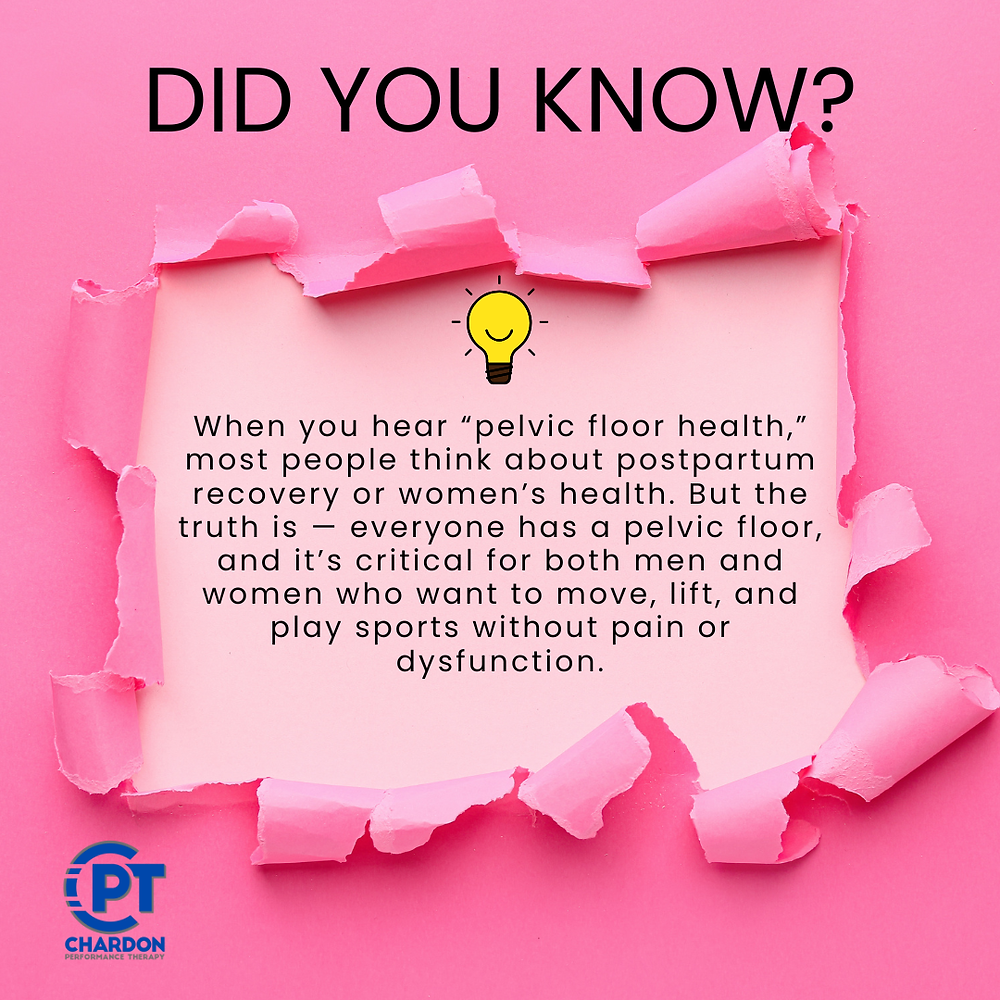Shoulder pain when reaching overhead can sneak up in everyday moments. Whether you’re grabbing a dish from a high shelf or lifting a grocery bag into the trunk, that sharp or aching discomfort can stop you in your tracks. For many adults between 30 and 60, this kind of pain isn’t always caused by a serious accident. It often develops over time from how we move, sit, or work. If left unchecked, it can affect almost everything from dressing in the morning to yard work on the weekends.
Ignoring the pain may seem fine at first, especially if it comes and goes. But recurring shoulder pain is often your body’s way of telling you that something isn’t working quite right. Addressing it early can help you keep doing the things you enjoy with less pain and more freedom. When movements like reaching overhead become a struggle, it’s worth taking a closer look at what might be causing it and how targeted physical therapy can help improve mobility and strength.
Common Causes of Shoulder Pain When Reaching Overhead
When your shoulder hurts every time you lift your arm above your head, it can feel like a mystery. The truth is, there are a few common things that cause this kind of pain. Some of them build up gradually, while others come from more specific injuries or posture habits.
Here are the most common reasons adults in Boise experience shoulder pain during overhead movements:
1. Repetitive strain over time
If your job or hobbies include lots of overhead motion, like painting, construction, or racquet sports, you may be putting repeat pressure on soft tissues and joints. Over time, this strain can cause inflammation and reduce your shoulder’s ability to move smoothly.
2. Rotator cuff irritation or injury
The rotator cuff is a group of muscles and tendons that keep your shoulder stable. If one of those tendons is torn or inflamed, reaching or lifting can cause sharp pain or weakness. These injuries might stem from a fall, lifting something heavy, or basic everyday wear and tear.
3. Shoulder impingement
This happens when the space between your shoulder blade and rotator cuff narrows. The tendons inside can get pinched during overhead movements, which often causes pain or tightness.
4. Poor posture
Years of slumping at a desk, looking down at your phone, or standing with rounded shoulders can change the way your upper back and shoulder blades move. This leads to imbalances and strain, especially during overhead motions.
5. Frozen shoulder
In some people, stiffness and pain build over time and limit mobility. Trying to reach high can feel nearly impossible because of tightness inside the joint itself.
A common example: someone who enjoys home projects might notice that repeated overhead painting makes the shoulder ache more each day. Even one wrong movement after fatigue sets in could make an already irritated joint worse. Being aware of how we use our shoulders, and what might be stressing them, is the first step to finding relief.
Physical Therapy Solutions for Shoulder Pain
Once you know what’s behind your shoulder pain, the next goal is finding a solution that helps you feel strong and confident in your movements again. Physical therapy goes beyond just stretching and rest. It focuses on your weak spots, tight areas, and imbalances to develop a plan specific to your needs.
A trained physical therapist might use several approaches to help reduce pain and get your shoulder moving properly again:
– Strength training: Focused exercises for the rotator cuff and surrounding muscles can improve stability. You’re less likely to feel pain or weakness when the surrounding muscles are working like they should.
– Range of motion exercises: Gentle movements help restore mobility to frozen or stiff joints. Over time, this can reduce tightness and allow you to move your arms more freely.
– Manual therapy: Hands-on methods can help ease tension around the joint, lower inflammation, and improve circulation in the area.
– Scapular control: The shoulder blade helps the arm lift smoothly. If it’s not moving the right way, your shoulder will struggle. Therapists work to retrain those movement patterns.
– Postural correction: Improving your posture can take pressure off the shoulders. A therapist may coach you on better ways to sit, stand, and move throughout your day.
Every shoulder hurts for a different reason. A care plan that blends movement training, posture improvement, and muscle strengthening gives you the best chance at long-term comfort.
Benefits of Early Intervention with Physical Therapy Services
Getting physical therapy early after shoulder pain begins can make a big difference. Waiting too long might cause the problem to grow worse, leading to greater stiffness, weakness, or even more injury.
One of the biggest benefits of early care is a personalized therapy plan that reflects your exact condition, lifestyle, and goals. Early treatment can ease current pain while lowering the chances of future issues. You’re also more likely to stay active and independent if you get support at the right time.
Working closely with a skilled therapist also means learning which movements to avoid and which ones to improve. Even small daily tasks like putting away groceries can be done in a safer way when you have expert guidance. This kind of knowledge lowers the risk of pain coming back again later.
Practical Tips for Managing Shoulder Pain at Home
While expert help makes a big impact, there are basic things you can do at home to help with shoulder pain. Daily habits matter, and small adjustments can offer relief as you recover.
1. Ergonomic adjustments
Set up your work area to support better posture. Keep screens at eye level and your elbows near a 90-degree angle. This helps reduce pressure on the shoulders while you sit or type.
2. Simple exercises and stretches
Wall slides, shoulder rolls, and basic movements can help keep the joints and muscles active. A few minutes each day can improve how your shoulder feels over time.
3. Rest and recovery
Do not push through sharp or persistent pain. If a motion causes discomfort, stop and give the joint time to settle. Using an ice pack may also reduce irritation if needed.
4. Mindful movements
Think about how you lift things or reach overhead. Simple actions, like switching how you carry a bag or using a step stool, can prevent added strain.
Even a little change makes a difference. Many people start to feel better simply by adjusting their routines and building better movement habits. These steps, when combined with professional therapy, support quicker recovery and fewer setbacks.
Looking Forward to Pain-Free Living
Taking care of your shoulder means thinking long-term. Dealing with the pain now lets you get back to a better quality of life later. Instead of working around pain, focused therapy helps you return to doing the things you love with less worry.
The goal is more than just temporary relief. With a full plan and a little guidance, your shoulder can recover better and stay strong. Whether it’s lifting with ease, reaching overhead without fear, or sleeping without aching discomfort, these small wins add up.
Your investment of time and energy now sets you up for better health going forward. Shoulder pain doesn’t have to define your days. There’s a path forward, one that supports both healing and prevention. Keeping your body moving well is a way to keep doing what matters most—to you, your family, and your lifestyle.
If shoulder pain is affecting your daily life, it’s time to consider the support that can set you on a path to recovery. Discover how personalized solutions can help you regain mobility and strength by exploring our physical therapy services. Wright Physical Therapy is here to assist you, helping you address your shoulder pain with expert guidance and care for a healthier and more active future.










